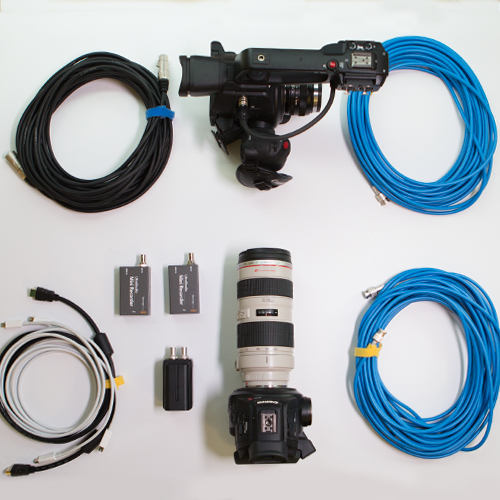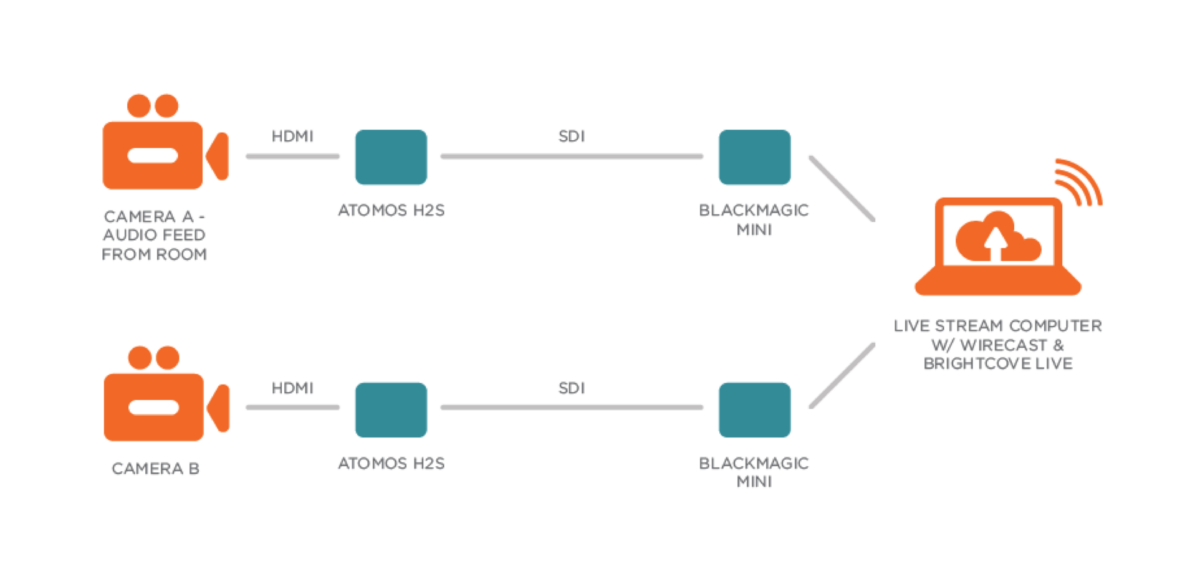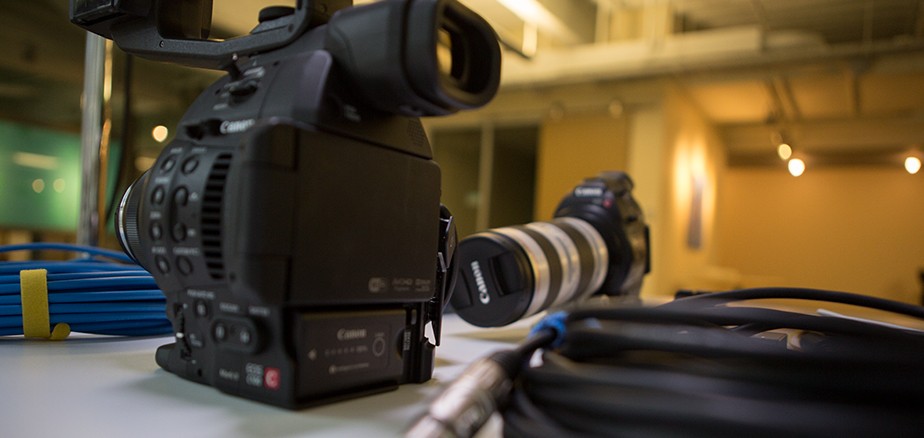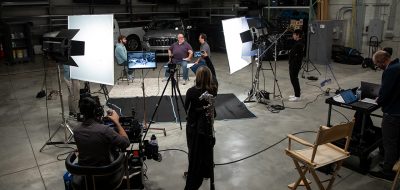Brightcove recently participated in a panel discussion at Harvard Business School (HBS) titled “TV, Disrupted: A World of Video Choices Opens Up.” The event explored the challenges broadcasters, advertisers, and media companies face due to the rise of OTT offerings and emerging business models, which are reshaping traditional relationships between consumers and operators. The discussion was moderated by industry expert and HBS graduate Will Richmond, editor and publisher of Videonuze.
With Brightcove’s VP of Business Development and Marketing, Mike Green, on the panel, and HBS being close to our headquarters, we saw it as a great opportunity to live stream the event using Brightcove’s live streaming feature. Brightcove has experience live streaming events like DrupalCons and our customer conference, PLAY, so we were well-prepared to make it happen.
PLANNING FOR SUCCESS
As Brightcove’s Video Production Manager, I oversee all video production efforts, from planning and creation to editing and execution. For live events, preparation is key. A well-planned framework makes the execution smoother and the final product better. Here are the key questions I ask before any live event:
- What is the program about?
- How many speakers are there?
- How long will the event last?
- Will other media be used (e.g., PowerPoint, videos)?
- What audio/video equipment is available on-site?
- What are the IT capabilities in the venue?
After coordinating with Mike Green and the HBS event team, I had all the information I needed to plan the equipment, personnel, and content strategy. For this event, we handled the live stream production in-house rather than outsourcing to a production company, thanks to thorough preparation.
KEY COMPONENTS OF LIVE STREAMS
RECORDING
We used two cameras for the event. I operated Camera A, which provided a fixed wide shot of the stage, while my colleague handled Camera B for close-ups of the speakers. This setup allowed flexibility, with Camera A as a fallback if I needed to assist with other aspects of the production.
LIGHTING
We opted not to bring additional lighting equipment, as Spangler Auditorium at HBS was already equipped with excellent lighting and sound systems, which were sufficient for our needs.
SOUND
The auditorium’s on-site sound system provided a feed directly to Camera A, which we used to deliver high-quality audio to the live stream. This eliminated the need for an additional sound engineer.
VIDEO CONTENT
Carl Rutman, one of our talented Solutions Engineers, managed the live stream using Telestream’s Wirecast software. Wirecast, a partner of Brightcove, integrates seamlessly with Brightcove Live and allowed us to combine video sources, including:
- Two cameras
- A PowerPoint presentation
- A short video played by one of the presenters
Rutman ensured a smooth broadcast by switching between these sources in real-time.
THE LIVE STREAM
To initiate the live stream, Rutman created an event profile in Brightcove Live and embedded the required URLs into Wirecast. HBS was provided with an embed code ahead of time, enabling the event to be hosted on their website. Once everything was set, Rutman started the stream using Wirecast, coordinating the broadcast with the on-site activities.

EQUIPMENT
- Cameras: 2 Canon C100s with 24-70mm and 70-200mm zoom lenses
- Cables: HDMI and HD-SDI cables
- Converters: 2 Atomos H2S HDMI-to-HD-SDI converters
- Recorders: 2 Blackmagic UltraStudio Mini Recorders
- Software: Telestream Wirecast on a laptop
LIVE STREAM CONFIGURATION

The configuration connected the cameras, sound system, and video content through Wirecast, allowing seamless transitions and delivery to the live audience.
DEMYSTIFYING LIVE STREAMING
There is a common misconception that live streaming is too complex or expensive. Many companies assume their events aren’t “important enough” to justify the cost or effort. However, live streaming can be simple and cost-effective. All you need is a camera, a microphone, and a computer to get started.
Live streaming doesn’t require a high-profile venue, an elaborate setup, or a celebrity keynote speaker. Whether it’s a Q&A session, corporate communications, or an educational panel, the right mix of motivation, preparation, and equipment can make your event a success. At Brightcove, we’re here to help you create meaningful live experiences that engage audiences in real time.




